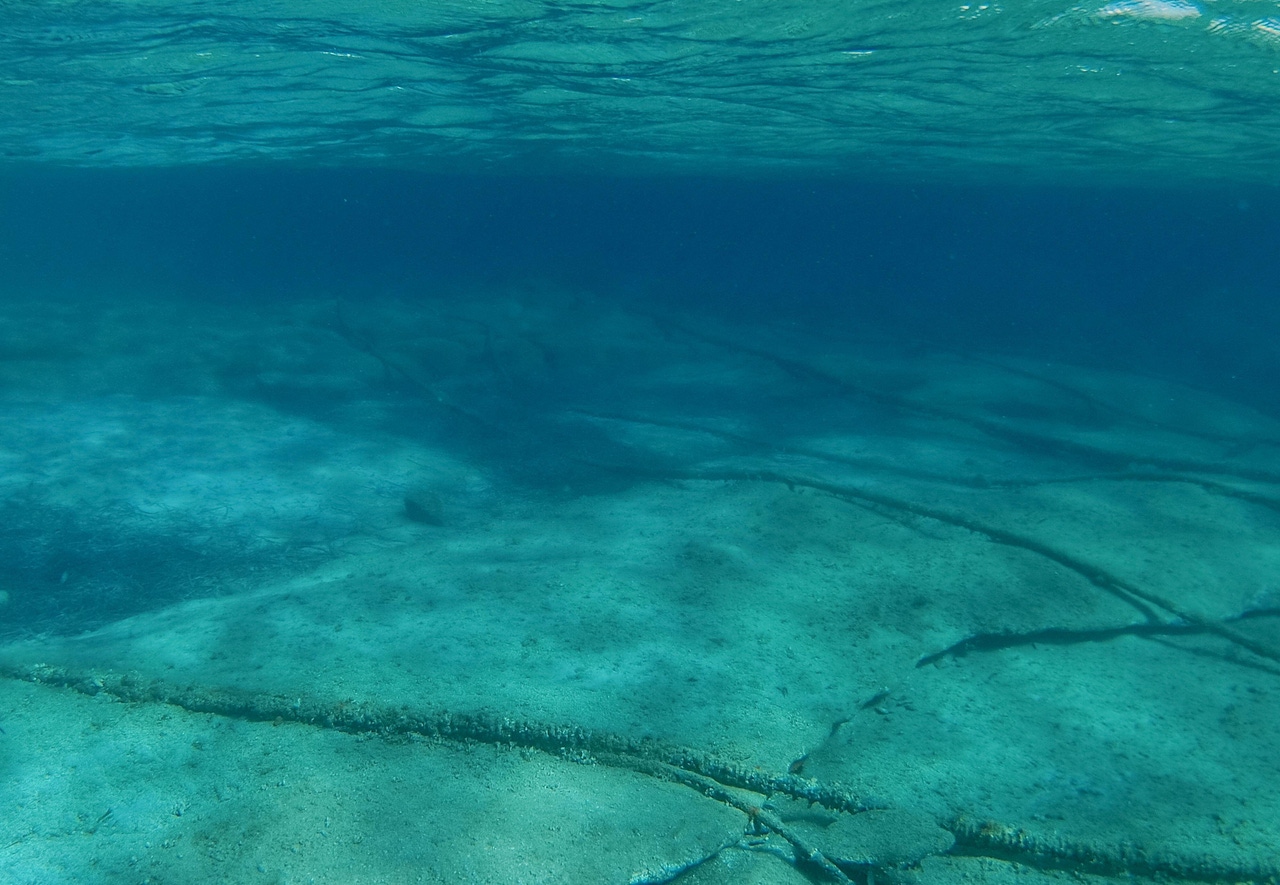Subsea Cable Alternatives Get Serious AttentionSubsea Cable Alternatives Get Serious Attention
Subsea cable alternatives can provide a level of comfort for those concerned about disruptions. Realistically, they will continue to play a small, but critical role in the short term.
April 12, 2024

The importance of subsea cable networks that carry the bulk of all international Internet traffic is being called into focus (yet, again) due to the conflict in the Middle East. The volatility of the region is forcing enterprises and providers to consider satellite and ground cable options that in the past were dismissed because of their cost and performance.
What is driving this change? Many critical cables linking Asia, Africa, the US, Northern Europe, South America, and more converge in choke points at the edge of the Red Sea and Mediterranean Sea. Recent subsea cable cuts, while still not confirmed to be malicious acts, have highlighted a secondary issue. Namely, even if the cable cuts were accidental (as most are internationally), repairs are much more challenging in the region. Specifically, logistics and permitting are much more difficult. And there are concerns that operators cannot get insurance (or will have to pay exorbitant amounts) to conduct repairs in what is essentially a war zone.
Alternatives come into play
The importance of the international subsea cable network cannot be understated. The cables carry about 95% of all global Internet traffic. Additionally, $10 trillion of financial transactions flow over them per day, according to Telegeography.
Even with that, this infrastructure is often ignored or overlooked until there’s a serious problem – like the recent cable disruptions in the Red Sea. Those disruptions are bringing satellite and cross-continent cables into focus.
Until now, these approaches have been relegated to special use cases for a number of reasons.
Satellite data transmission services typically cost more to send data than if it is done over Internet subsea cables. Additionally, many satellite services have lower bandwidth compared to the subsea cables. And then there is the issue of latency. A signal is sent to a satellite in geostationary earth orbit (GEO), and then back down to an Earth substation takes about 250 milliseconds. That’s enough for a noticeable delay in real-time communications. In contrast, a transmission between the Middle East and, say, India carried over a subsea cable would take about one-tenth that time because of the significantly shorter distance the signal traverses.
Read more about:
Network ComputingAbout the Author
You May Also Like







